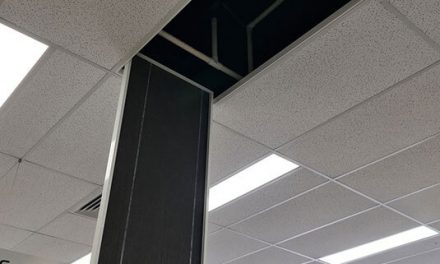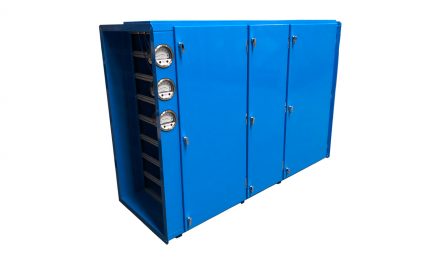Hansen Yuncken CEO Peter Salveson has picked out what he calls the four Cs of post-pandemic construction: complex challenges, culture and climate.
“Like a double-edged sword, the construction industry’s ability to operate throughout Australia’s COVID-19 restrictions has presented its own unique challenges,” says Salveson.
“In 2022, the sector must continue to adapt to address fresh, emerging priorities: delivering increasingly complex builds, maintaining a safe and positive workplace culture and climate action.”
Salveson says that the pandemic pressed “fast forward” on some technologies. This not only transformed offices, but also construction sites, through increased use of building information modelling (BIM), 360-degree videography and drone deployment. He sees this digital innovation as a key part of the recovery from the pandemic.
These advances in technology, Salveson says, should also be used to support the industry’s greatest asset: its people.
“While it may not be a widely adopted view, the construction sector must maintain a people-centric culture – regardless of how building practices evolve,” says Salveson.
Finally, Salveson highlights the need for sustainable practice.
“With the construction sector contributing over 18 per cent of Australia’s carbon footprint, there is serious work to be done,” he says. “Organisations should look to greener materials, digital innovations to reduce wastage and work with their clients and stakeholders to reduce climate impact.”
Go to hansenyuncken.com.au











